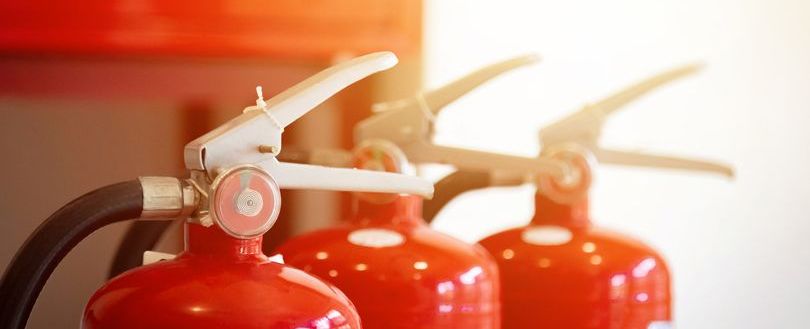
The Dielectric test explained: Fact File 97: EN 3-7 Dielectric test
Like it? Share it!
02 July 2024
There has been confusion around the Dielectric test in BS EN 3-7:2000+A1 Dielectric test. This guidance explains the test, how it’s carried out and what it means. The test, tests water-based extinguishers on live electrical equipment and is a requirement for achieving an F Class rating essential for cooking oil fires.
Dielectric test overview
The BS EN 3-7:2000+A1 standard includes a dielectric test to measure the electrical conductivity of the extinguisher's discharge stream. Clause 9.1 assesses the extinguisher's safety for live electrical use, while Clause 9.2 outlines performance criteria and Annex C details the test procedures.
Manufacturers must label extinguishers to indicate test results. Failed tests require a warning: “WARNING: Do not use on live electrical equipment.” Passed tests allow labelling for safe use on live electrical equipment up to 1000 V at a distance of 1 meter. The UK adheres to BS EN 3-7 due to the lack of national regulations.
Historical context
Dielectric testing dates back to 1937 when The English Electric Company tested foam extinguisher jets on high voltage electrical appliances. No electrical conduction was detected, establishing the safety of water extinguishers on live electrical equipment. This capability was integrated into standards such as BS 5423: 1987 and later BS EN 3-7, which is also referenced in BS EN 1866-1:2007 and BS 6165:2019+A1:2022. Click here to read the report.
BS 5306-0:2020 Clause 15 discusses concerns regarding the use of firefighting media, including water, on electrical equipment.
Conclusion
The dielectric test in BS EN 3-7 is a test to show that an extinguisher tested has suitability for use on live electrical equipment, by measurement of the electrical conductivity of the discharge stream up to a voltage of 35,000 volts and extinguishers that have passed that test are marked to confirm this.
Download Fact File 97: EN 3-7 Dielectric test
Discover how you can make a difference in the fire industry by getting involved with our Councils, Working Groups and Special Interest Groups. Learn more about how you can involved.
Related training
Related news
-
Technical Notice: PFOA Ban Update
03 July 2025
Related resources
-
Guidance Document Attestation of Fixed Firefighting Systems
18 October 2024
-
Fact File 99: F-Class Fires.pdf
10 October 2024
